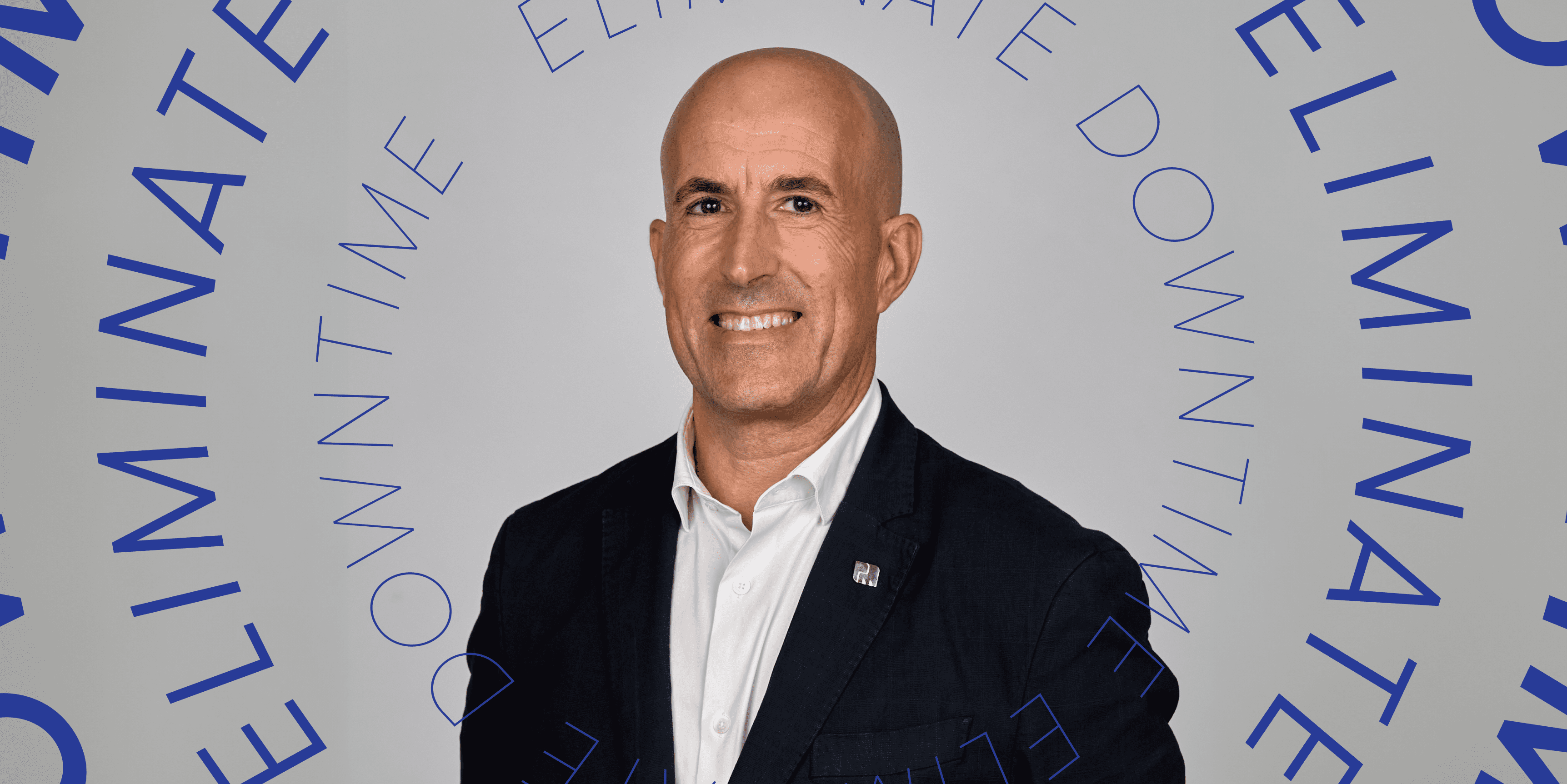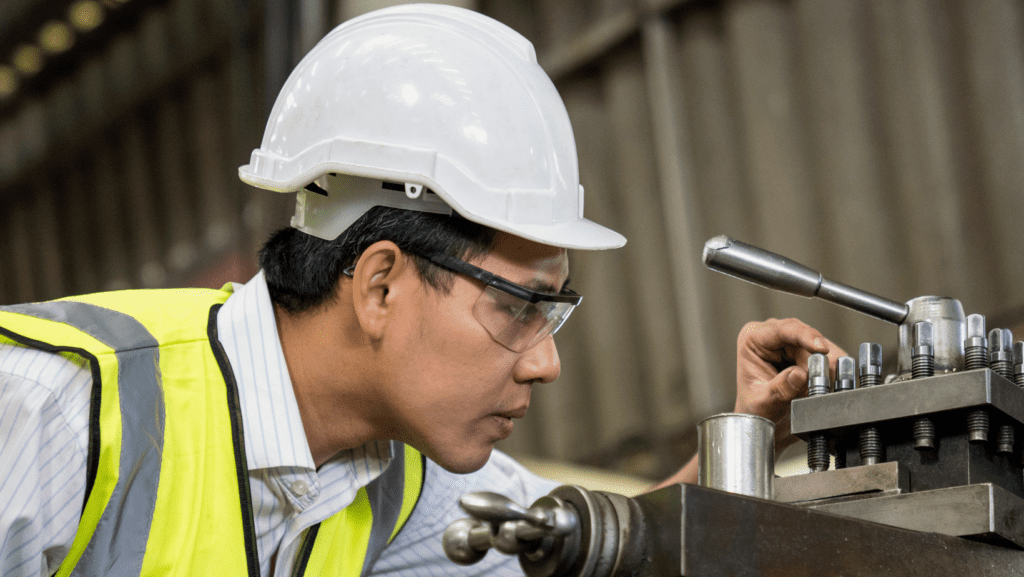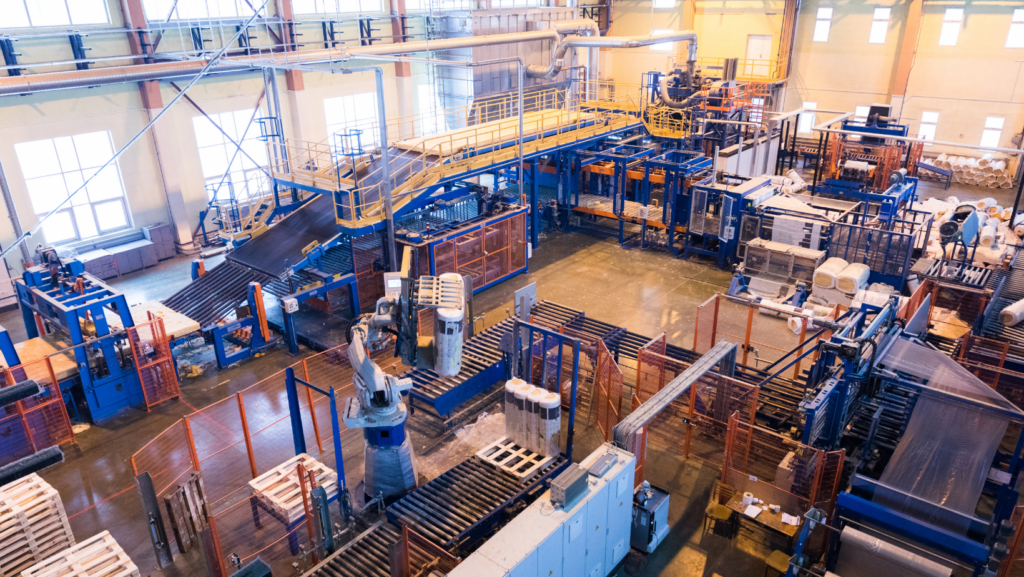

There is an energy with Jose Antonio Nieto that becomes quickly apparent when, at one point during The Interview, he swivels in his chair, repositions his laptop and brings into view an array of solar panels stretching across the building next door through his office window.
He’s demonstrating the level of commitment he brings as CEO to Madrid-based manufacturer Putzmeister Iberica on building a sustainable solution to its own energy requirements. It is that same fervour that is also driving his vision as president of The Committee of European Construction Equipment (CECE).
Central to that vision is the CECE’s reindustrialization strategy which Nieto will unveil this week at the CECE Congress in Madrid (October 23-25) that could significantly alter the European construction equipment sector’s trajectory over the next 5-10 years.
“This is really about revitalizing the manufacturing sector in European construction and it’s a really significant opportunity to drive economic growth and sustainability,” says Nieto. “It’s about having a strong voice in Brussels and helping EU politicians get clarity on important matters related to construction going forward.”
Dealing with the EU at its headquarters in Brussels, Belgium and all that involves in lobbying, consultancy and getting the manufacturer’s voice heard is a moot point of course. The EU has been highly active down the years in regulating the construction sector as far back as the 2011 Construction Products Regulation, the EU Data Act which soon comes into force, and a wave of rules related to carbon emissions and renewable energy.
“It’s about having a strong voice in Brussels and helping EU politicians get clarity on important matters related to construction going forward.”
“It’s not always been easy in the past few years to get the EU to fully take on board the needs of the manufacturing sector and this sometimes comes from not having a complete understanding of the sector,” says Nieto. “The politicians have a tendency to not only set the goals but also to tell us how we should get there. I’m not sure this is the right way to go.”

Nieto is hopeful the current EU parliamentary cycle, which began in June 2024 and runs to 2029, will we be less rule-focused and more willing to take on board the association’s recommendations in a variety of areas across construction.
“Our basic ethos is, ‘let the politicians set the targets — Europe’s manufacturers should decide the path’,” he says. “They should set the targets but not be telling us how to reach them.”
As evidence, Nieto cites the KPI-driven initiatives already taking place among European manufacturers to self-regulate their own emissions, the trigger for his impromptu swivel to demonstrate Putzmeister’s efforts in harnessing the sun’s power.
Somewhat reflective of the competitive sustainability wave that has taken hold in North America over the last 18-24 months, it illustrates a growing understanding among construction equipment manufacturers that they have to be able to show they are stringent on their emissions in order to win the big contracts.
“The Spanish Association of Concrete can now, as one example, track every stage of its carbon footprint from cement production right through to its use at the site,” he says. “With the technology now in place, manufacturers are also able to measure and track fuel consumption, and get a much clearer picture of their overall carbon footprint down through the entire value chain.
“They have to be able to show this to those government-or state-mandated projects which impose stricter emissions requirements so it makes business sense to be as digitalized in this area as possible,” adds the CECE president.
Indeed, Nieto is at pains to stress that technology and digitalization are at the heart of making construction more able to measure everything they do. That can, for example, include various carbon-emissions reducing initiatives such as optimizing the scheduling of maintenance and more efficient use of fleets to encourage a longer life cycle all of which play a role in the association’s ambitions for the current EU parliamentary life cycle.
But there is more to the CECE’s reindustrialization strategy than just an effort to make the industry cleaner. With an eye on the emerging threat posed by geopolitical uncertainties in Europe, the Middle East and in South-East Asia to mention but a few, Nieto argues that a key component of the strategy is the opportunity to renew some of Europe’s lost manufacturing base.

“It’s a difficult time in the global economy right now and we are facing certain shortages of components, machines and materials,” says Nieto. “This isn’t just a European problem, it’s a global issue and everyone is trying to rebuild their own capacity to reindustrialize.”
“Politicians often not only establish the objectives but also dictate the methods to achieve them. I have doubts about whether this is the best approach.”
Nieto says Europe is uniquely placed to take advantage of this trend because of the existence of the Single Market steeped in a free trade tradition that gives it a flexibility not necessarily enjoyed by competitors.
“European construction could become a leader in the industry again in a global sense on a number of fronts,” Nieto says. “It could mean local sourcing of materials as much as is possible to allay sustainability and security concerns and move towards a degree of self-sufficiency.
“That process might also help secure the future of European construction, given the level of competition coming from different parts of the world,” he adds.
While that might make Nieto sound somewhat protectionist, the CECE president is swift to dispel any such notion.
“With the rise in imports of low-cost machinery from Asia, I believe the best way to compete is through innovation, catering to customer needs, and providing excellent local support,” says Nieto. “European manufacturers are renowned for their quality and ability to innovate, and I am confident these strengths will enhance their competitiveness against lower prices.
“The best way to counter price concerns is by offering added value that boosts our customers’ productivity, so there’s no need for apprehension,” says Nieto. “The focus shouldn’t be solely on regional and national competition but rather on advancements occurring during design, production, and customer support stages. Innovation will lead the way in driving adaptation.”
“With the technology now in place, manufacturers are able to measure and track fuel consumption, and get a much clearer picture of their overall carbon footprint down through the entire value chain.”
He expects, as one example, that European manufacturers will ultimately have an advantage at the higher end of the electric-vehicle market on configuration of machines to the end customer, delivering a quality advantage over China’s volume-driven approach to the EV market.
“If you go for high volume, you get an advantage in prices, but the disadvantage for the customer is that they cannot configure the car or machine,” he says. “European manufacturers can fill this gap.”
It makes for a compelling vision. Now all the CECE and Nieto need to do is get Brussels to take on board much, if not all, that the reindustrialization strategy embodies. With global EU targets on emissions for 2030 rapidly coming into view, there is little doubt that there is a real opportunity. And there is little doubt that Europe’s manufacturers will be hopeful the CECE can land its message successfully in EU headquarters.
The Interview series takes time out with industry players that are trying to make a difference to construction. Check out some of our other interviews including the AEM’s Jon Somers’ stance on the state of the US industry, and the CECE’s Riccardo Viaggi’s thoughts on the EU Data Act.

